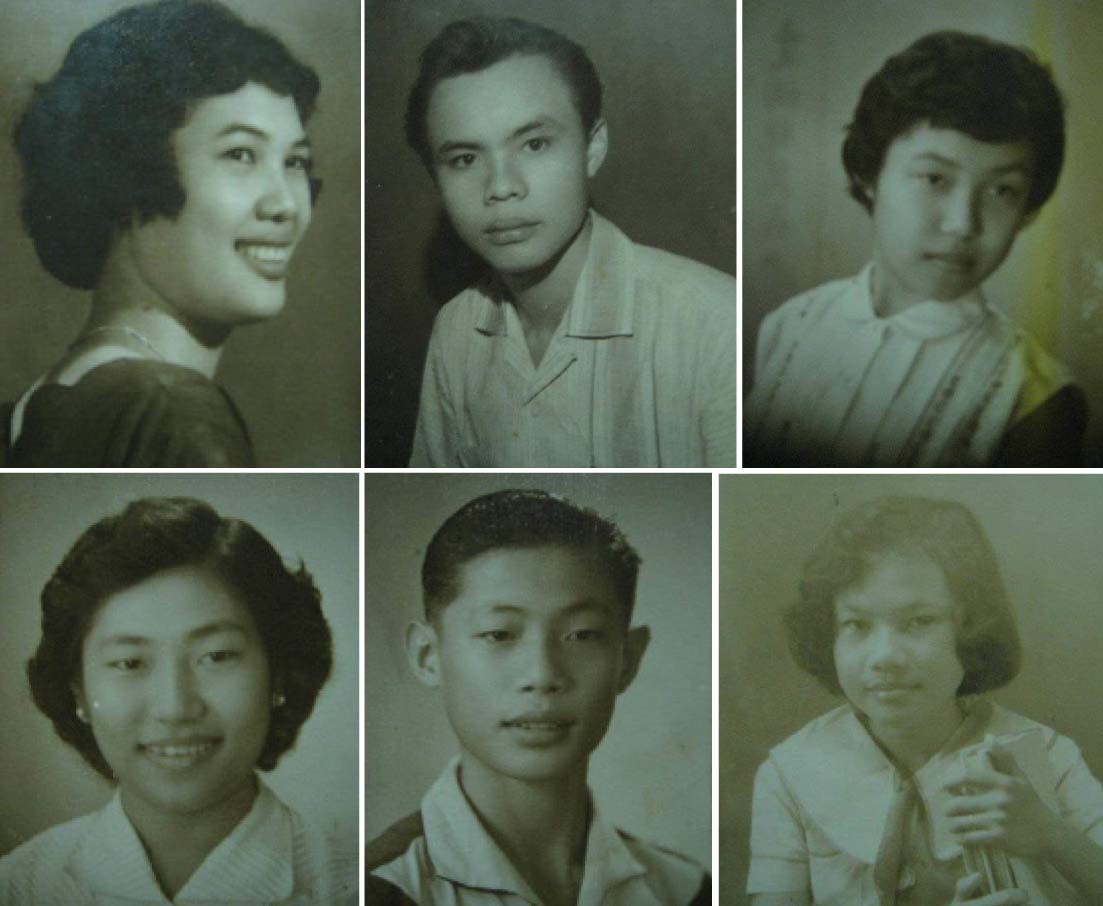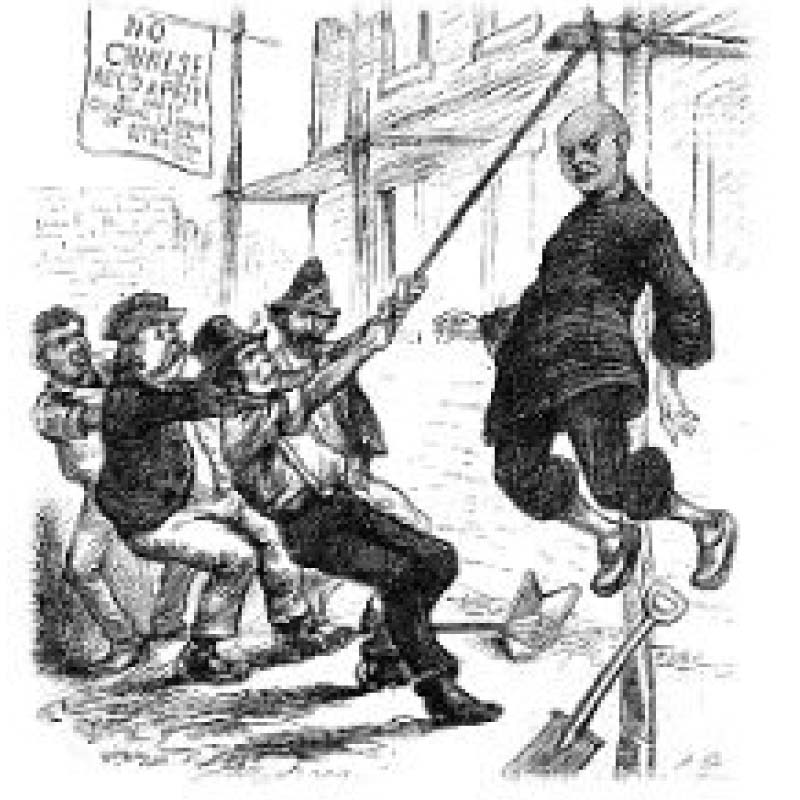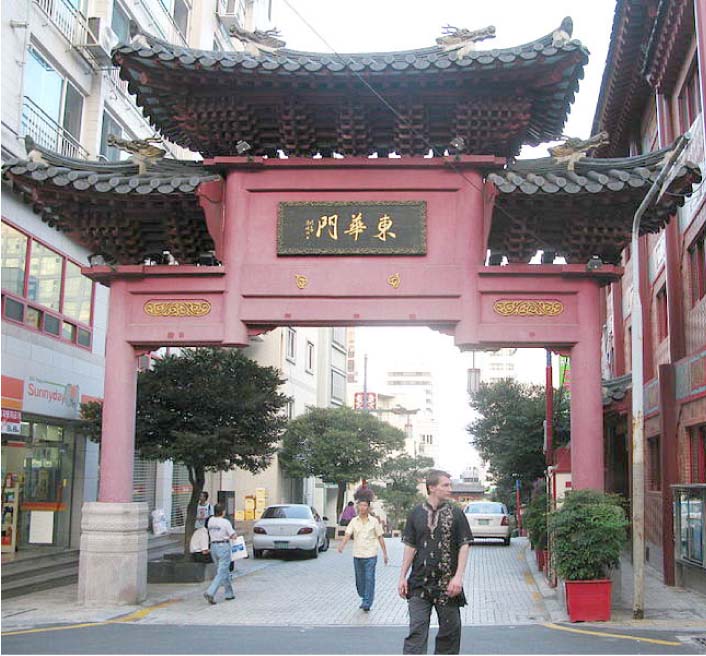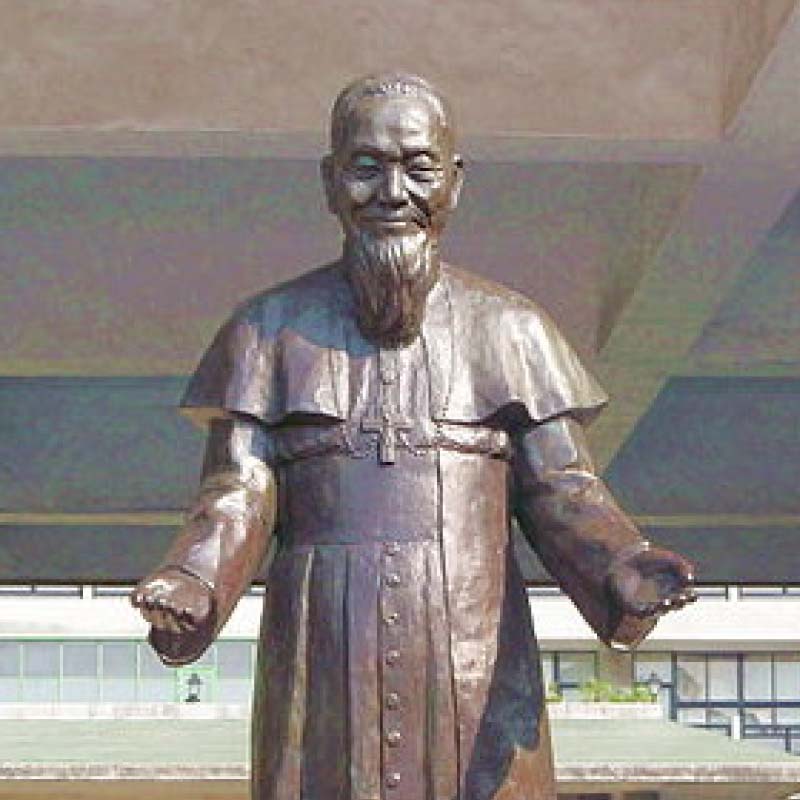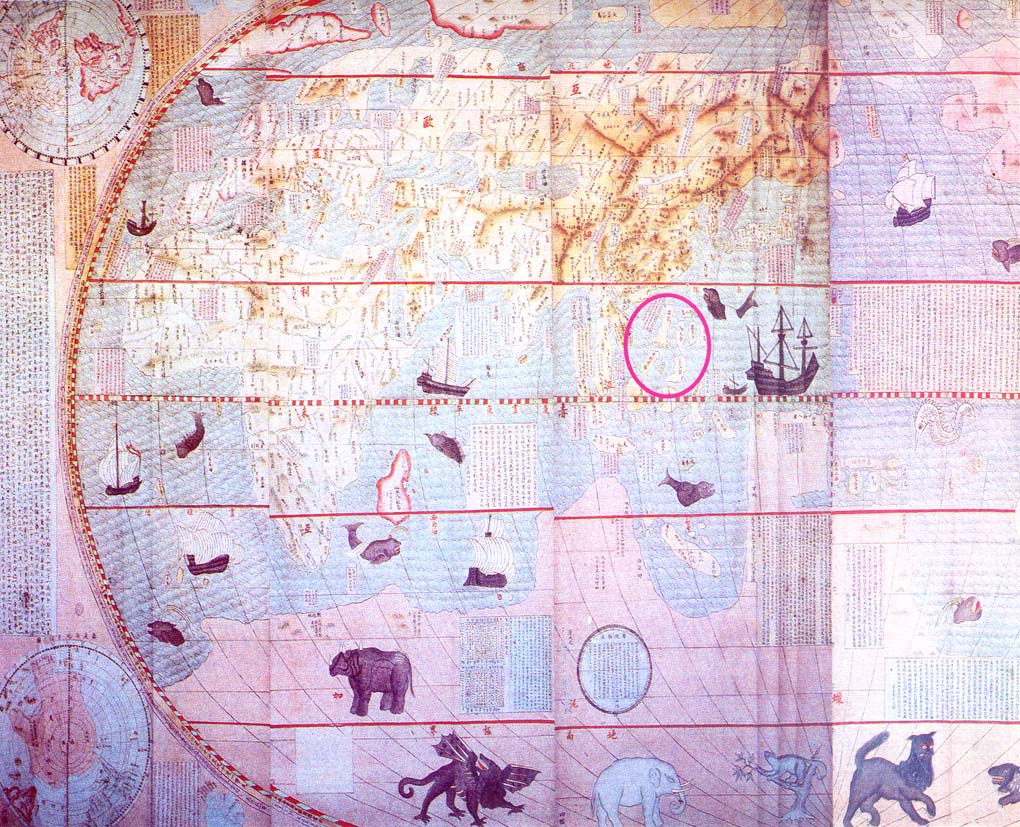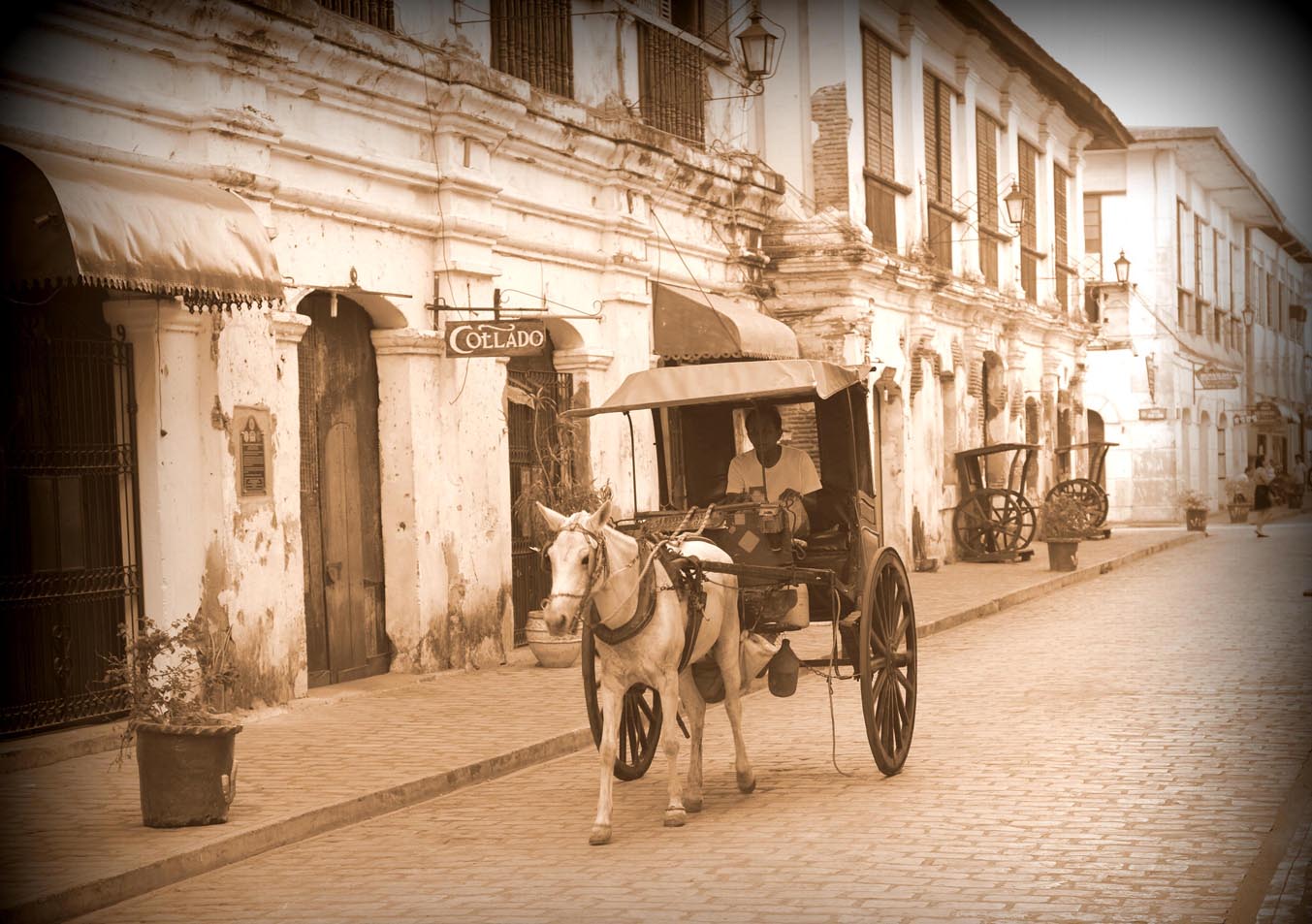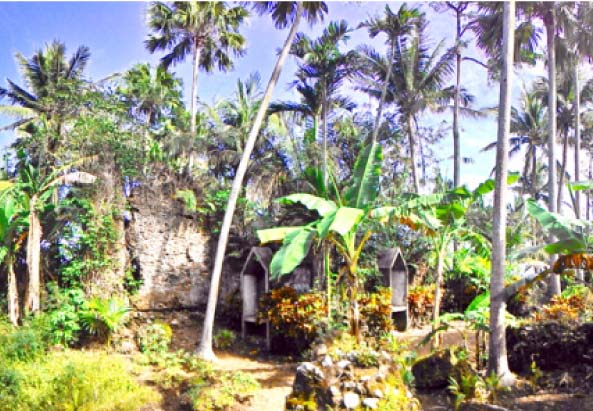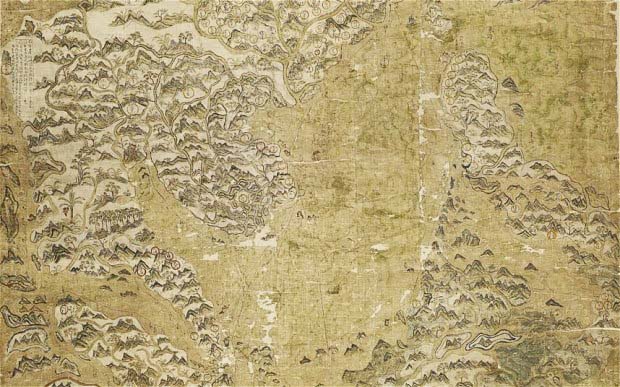This epic quest involves several families and spans locations from China’s Fujian province, to Hong Kong, and to the Philippine islands of Luzon, Visayas and Mindanao. Despite extreme obstacles, each find is a result of unexpected but fortuitous happenings.Precedence My late father-in-law, Engr. Antonio B. Ty (鄭道党), is my role model in my relative-finder quests. […]
